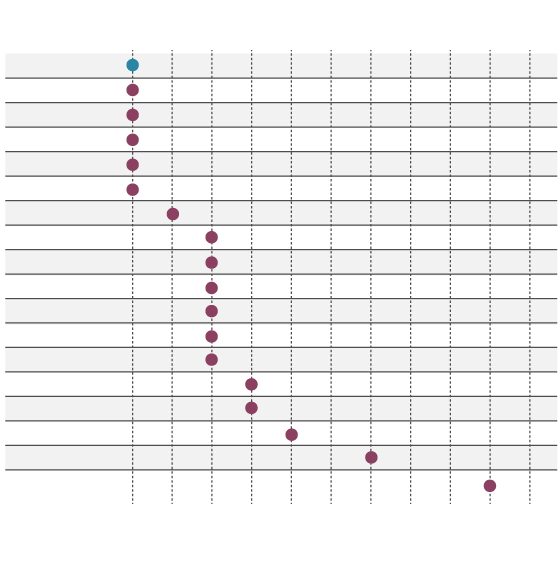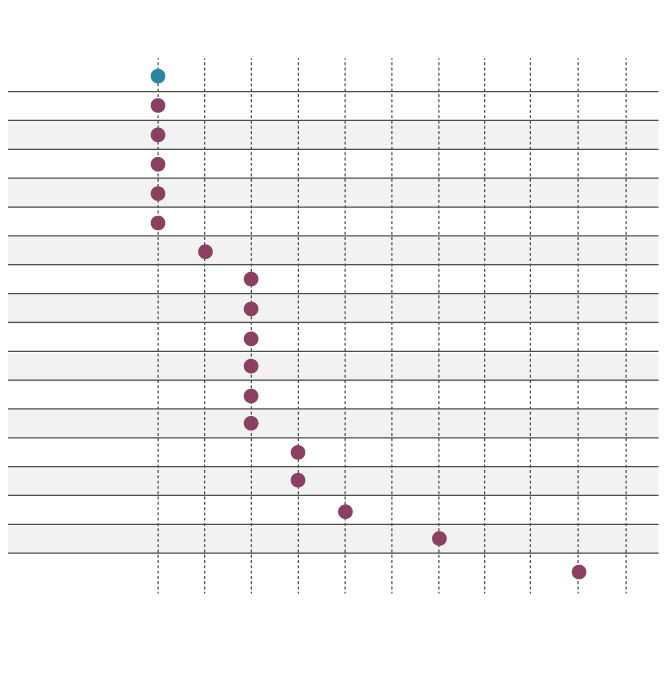Charting Retirement is a weekly snapshot of retirement-related data.

Many countries have raised the normal retirement age to reflect longer life spans.AscentXmedia/iStockPhoto / Getty Images
The Organization for Economic Co-operation and Development defines the normal retirement age in a given country as the earliest age when people can retire without penalty under the country’s social security programs. In Canada, for example, that would be for the CPP/QPP and Old Age Security. Many countries have raised the normal retirement age to reflect longer life spans. Later retirement ages are usually phased in over many years to give people a chance to adjust. This chart shows the ultimate normal retirement age after each country’s “phase-in” is complete. For example, the normal retirement age in the United States will not be 67 until 2027. By sticking with age 65, Canada is on the verge of becoming an outlier.

Normal retirement ages in OECD countries
Canada
France
Japan
New Zealand
Sweden
Switzerland
Ireland
Australia
Belgium
Germany
Norway
Britain
U.S.
Finland
Portugal
Netherlands
Italy
Denmark
65
66
67
68
69
70
71
72
73
74
75
the globe and mail, Source: frederick vettese; OECD Pensions
at a Glance, 2021

Normal retirement ages in OECD countries
Canada
France
Japan
New Zealand
Sweden
Switzerland
Ireland
Australia
Belgium
Germany
Norway
Britain
U.S.
Finland
Portugal
Netherlands
Italy
Denmark
65
66
67
68
69
70
71
72
73
74
75
the globe and mail, Source: frderick vcettese; OECD Pensions
at a Glance, 2021

Normal retirement ages in OECD countries
Canada
France
Japan
New Zealand
Sweden
Switzerland
Ireland
Australia
Belgium
Germany
Norway
Britain
U.S.
Finland
Portugal
Netherlands
Italy
Denmark
65
66
67
68
69
70
71
72
73
74
75
the globe and mail, Source: frederick vettese; OECD Pensions at a Glance, 2021
Frederick Vettese is former chief actuary of Morneau Shepell and author of Retirement Income for Life.